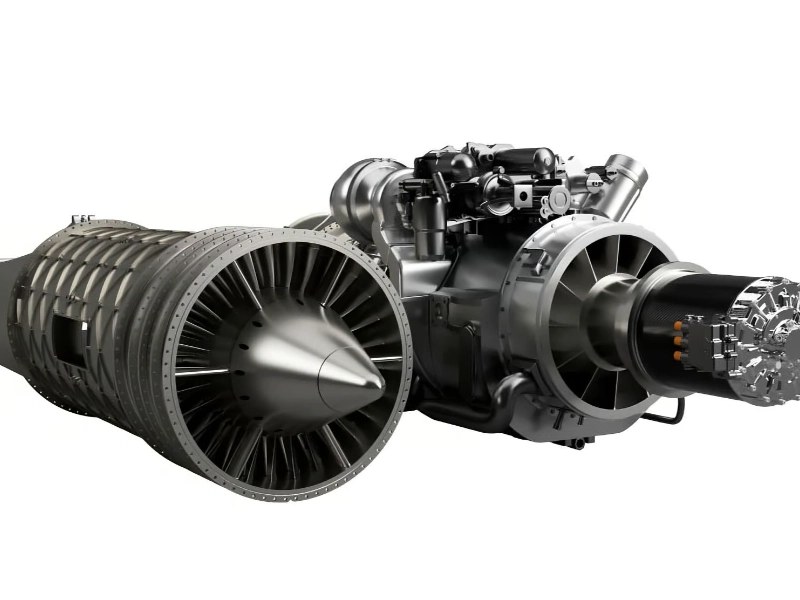9 Revolutionary Aircraft Engine Breakthroughs That Changed Aviation History
Advertisement
Aircraft engines represent one of humanity's greatest technological achievements, revolutionizing travel and global connectivity. From the earliest piston engines to modern turbofans, each innovation has pushed the boundaries of aviation capability. This article explores nine groundbreaking engine advancements that shaped the history of flight, highlighting their unique characteristics, historical significance, and lasting impact on aeronautical engineering. These advancements not only improved performance and efficiency but also set new standards for reliability and safety in aviation.
1. Wright Brothers' First Aircraft Engine

Advertisement
Advertisement








